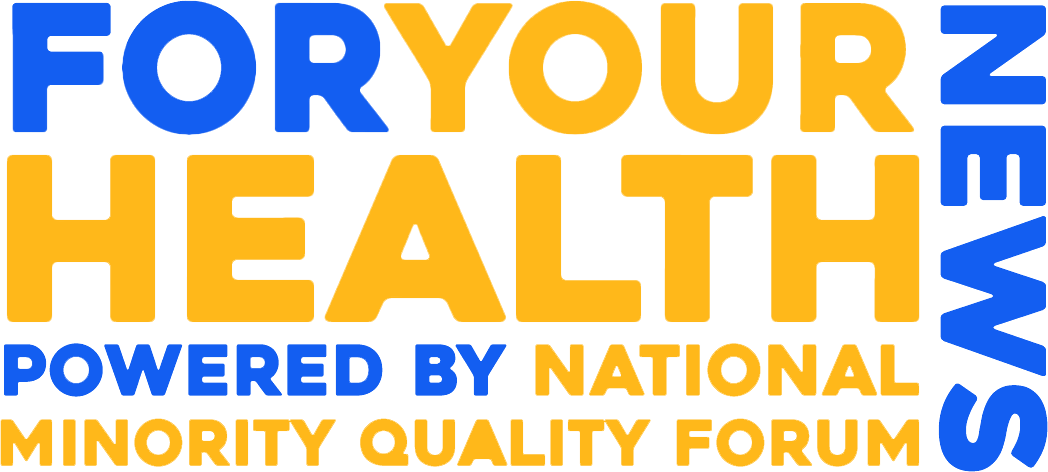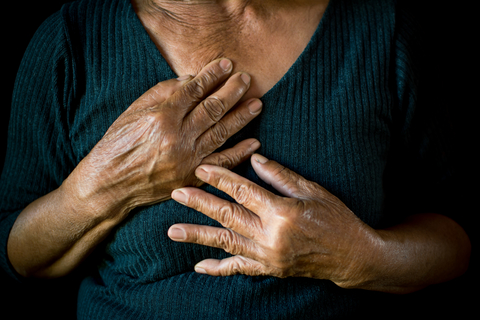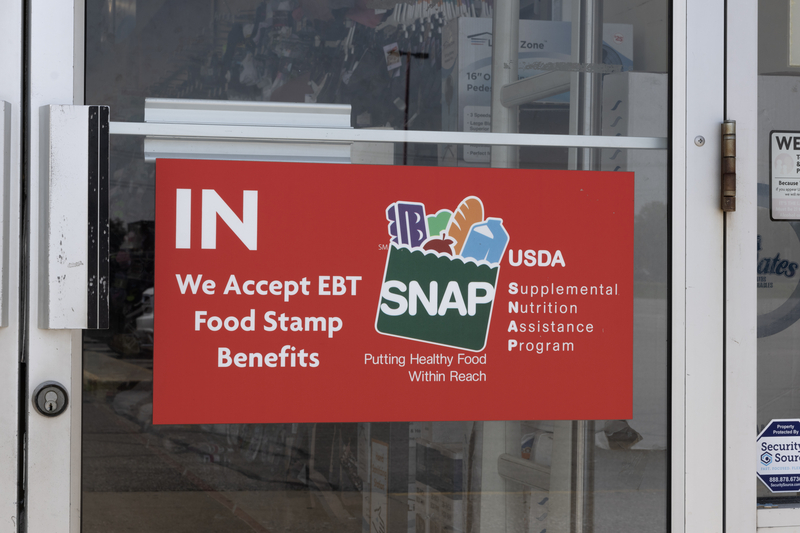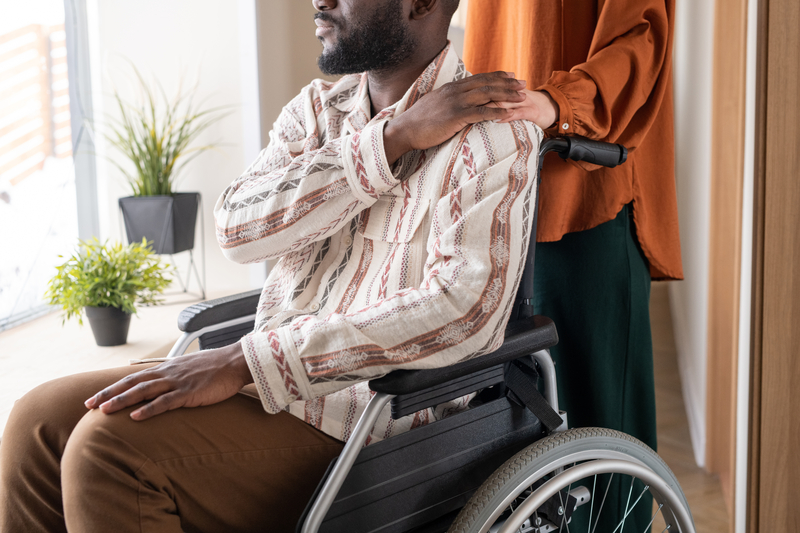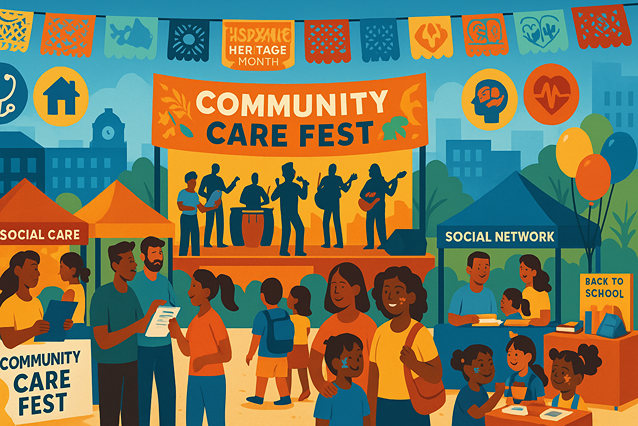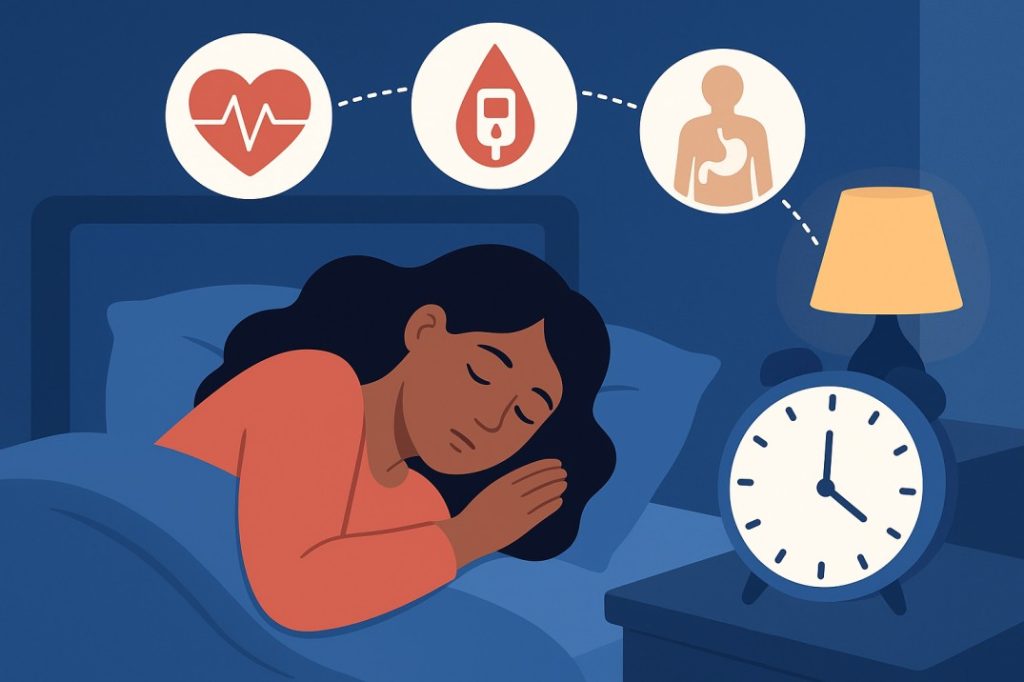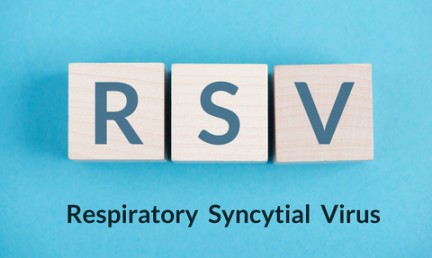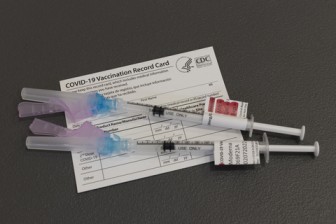- By Jessica Wilson
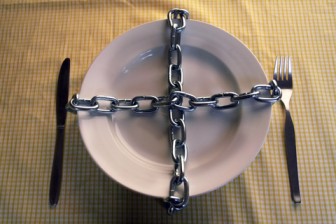
In many Black and Brown neighborhoods across the United States, the nearest grocery store isn’t just a few blocks away — it can be miles. These areas, often referred to as food deserts, lack access to affordable, nutritious food options. Instead, residents are surrounded by fast-food chains, corner stores, and liquor shops that offer plenty of processed snacks but few fresh fruits and vegetables.
While the term “food desert” might sound like policy jargon, its impact is deeply personal — influencing everything from physical health to emotional well-being.
What Is a Food Desert?
A food desert is typically defined as an area where residents have limited access to healthy and affordable food, particularly fresh produce and whole foods. According to the U.S. Department of Agriculture (USDA), these areas are often found in low-income neighborhoods where large grocery chains choose not to operate due to perceived lack of profit or logistical challenges.
This creates a cycle of inequity: without access to nutritious food, communities experience higher rates of preventable diseases and long-term health complications.
The Health Impact: When Poor Access Meets Poor Nutrition
For Black and Brown communities, food deserts are not just an inconvenience — they are a public health crisis.
-
Higher Rates of Chronic Disease
Limited access to nutritious food contributes to increased rates of obesity, type 2 diabetes, hypertension, and heart disease. Diets high in processed foods and sugars, combined with low intake of fruits, vegetables, and lean proteins, can trigger long-term health problems. -
Mental Health Strain
Poor nutrition doesn’t just affect the body — it also impacts the mind. Studies show that diets lacking in essential nutrients can increase rates of depression, anxiety, and fatigue. The stress of constantly navigating food insecurity adds another layer of emotional strain. -
Generational Health Gaps
For children growing up in food deserts, the effects can last a lifetime. Inadequate access to healthy meals during early development can lead to learning difficulties, lower energy levels, and increased risk of chronic disease later in life.
Why Black and Brown Communities Are Disproportionately Affected
The roots of food deserts are deeply tied to systemic racism and economic inequality. Historically, redlining and disinvestment in predominantly Black and Brown neighborhoods have limited access to grocery stores and created gaps in infrastructure.
Supermarkets often choose to build in wealthier, suburban areas, leaving urban neighborhoods with smaller, more expensive stores that don’t carry fresh options. Transportation barriers and low wages further limit the ability to shop for healthy food.
Community Solutions and Hope
Despite these challenges, many communities are taking action:
-
Urban farming initiatives are transforming vacant lots into gardens filled with fresh produce.
-
Mobile markets and community fridges are bringing food directly to underserved neighborhoods.
-
Policy advocacy is pushing for grocery incentives and funding for local farmers.
-
Grassroots organizations are teaching residents how to grow, cook, and preserve healthy foods right at home.
These efforts show that solutions don’t always have to come from the top down — they can grow from within the community itself.
A Call to Action
Health equity starts with food equity. Ensuring every family has access to nutritious food is not just a matter of diet — it’s a matter of justice.
By supporting community gardens, advocating for fair grocery access, and demanding investment in underserved areas, we can begin to close the nutritional gap and create a future where health isn’t determined by your ZIP code.
Trending Topics
Features
- Drive Toolkit
Download and distribute powerful vaccination QI resources for your community.
- Health Champions
Sign up now to support health equity and sustainable health outcomes in your community.
- Cancer Early Detection
MCED tests use a simple blood draw to screen for many kinds of cancer at once.
- PR
FYHN is a bridge connecting health information providers to BIPOC communities in a trusted environment.
- Medicare
Discover an honest look at our Medicare system.
- Alliance for Representative Clinical Trials
ARC was launched to create a network of community clinicians to diversify and bring clinical trials to communities of color and other communities that have been underrepresented.
- Reducing Patient Risk
The single most important purpose of our healthcare system is to reduce patient risk for an acute event.
- Victor Mejia
- Subash Kafle
- Jessica Wilson
